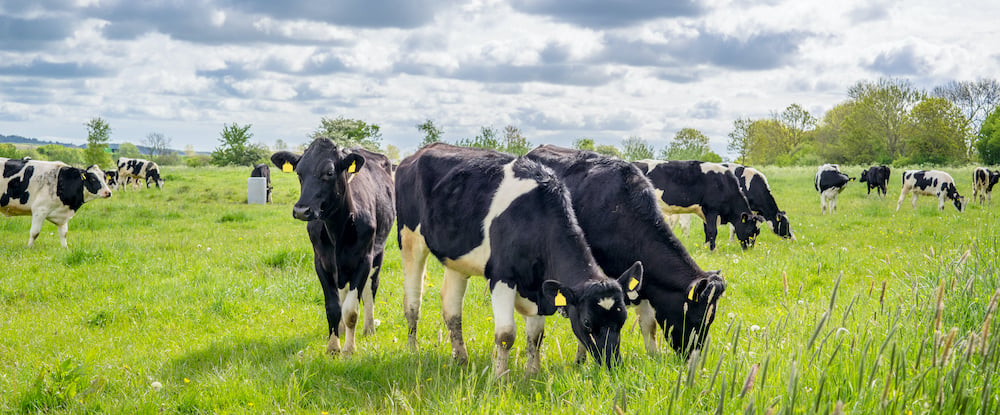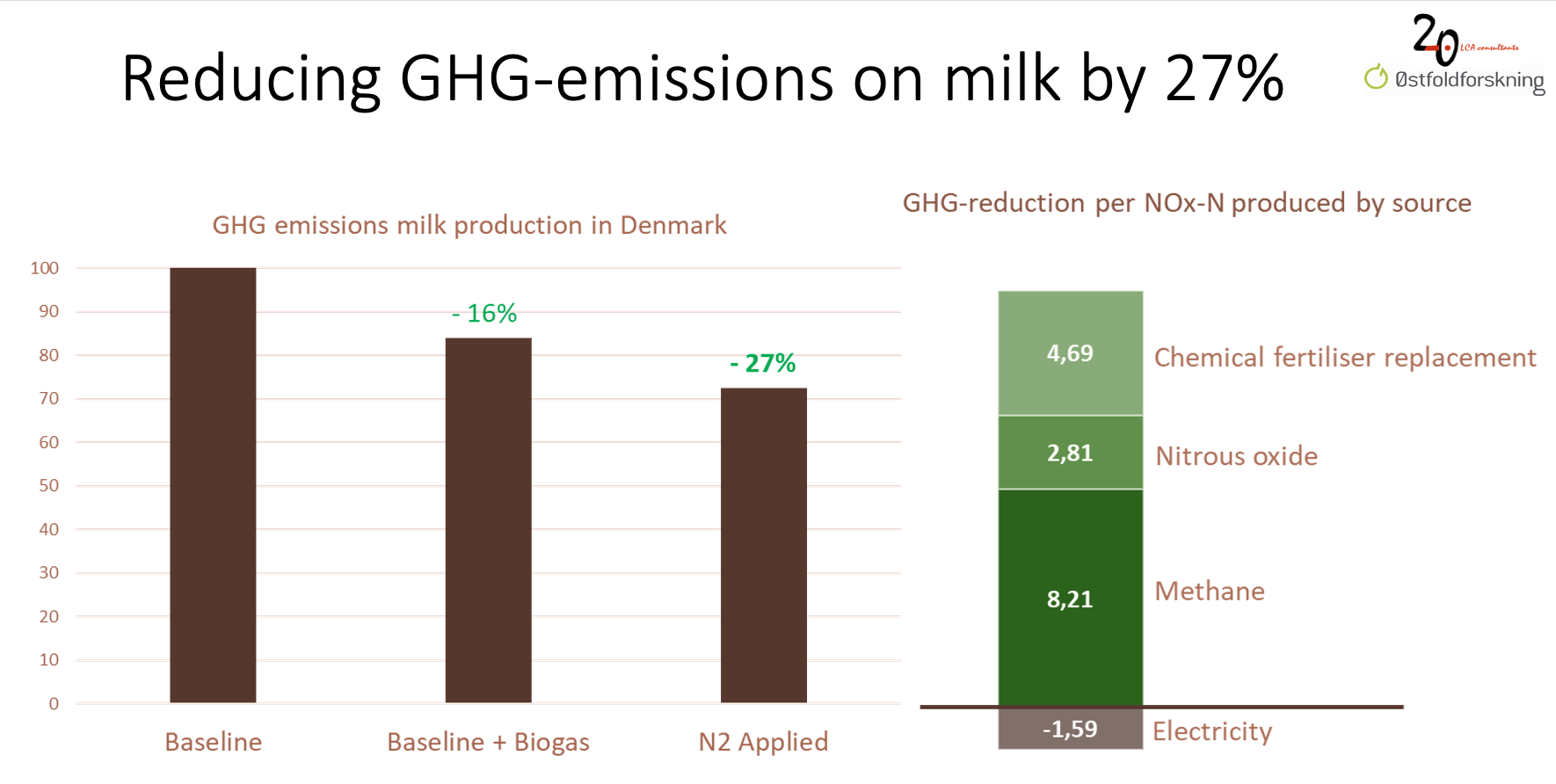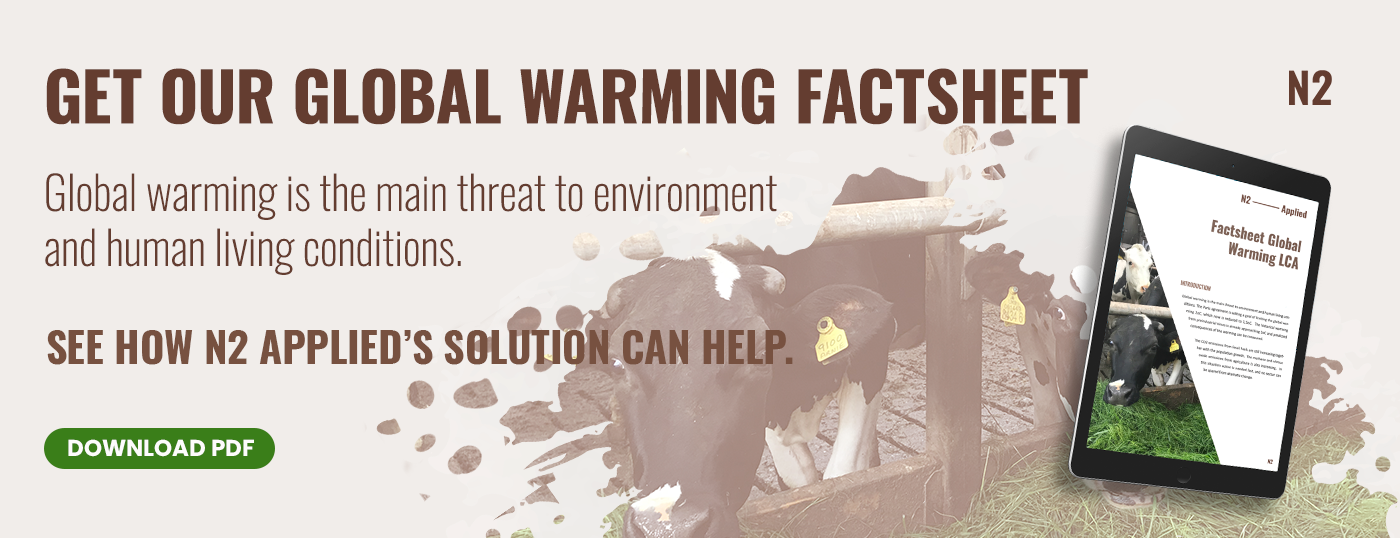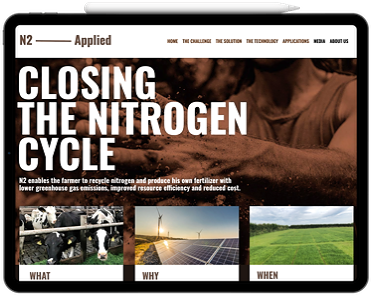Well, it’s true.
2.-0 LCA Consultant, on behalf of Arla and N2 Applied, have undertaken a world leading life cycle assessment into the use of plasma treatment, and its effect on the carbon footprint of Danish Dairy farms. It resulted in an overall 27% reduction in the farm’s carbon footprint and further reductions using other environmental indicators.
So, where does the 27% come from?
Dairy farming globally has been taking the environmental ‘wrap’ for some years now and it’s mostly directed towards emissions. Slurry is a significant contributing factor to those emissions – you can even smell it. The Food and Agriculture Organization (FAO) of the United Nations estimates global greenhouse gas (GHG) emissions from the dairy industry totalled 1,712 million metric tons of CO₂ equivalent, or about 3% of total world emissions, in 2015. FAO estimates that total GHG emissions from the dairy sector increased 18% from 2005 to 2015, prompting the start of a ‘wrath’ of criticism towards the sector.
Click on graph to enlarge.
We have developed a novel plasma technology, using air, electricity, and slurry (if you hadn’t guessed). It combines those elements to create a fertiliser with lower emissions and improved resource efficiency. Imagine a slurry that doesn’t smell, has significantly reduced emissions and contains a higher nutrient value. Disruptive, right?
The process involves using plasma technology to fix nitrogen from the air and absorb that into slurries using a proprietary absorption system. The effect not only adds extra nitrogen, but acidifies the slurry, therefore locking in those harmful emissions and making them available for crops or grass to utilise. All that, impressively, from a 20ft shipping container.
FAO estimates that total GHG emissions from the dairy sector increased 18% from 2005 to 2015
Why is that important?
Emission reduction from dairy farming is one of the most significant factors of the overall carbon footprint. The plasma technology significantly reduces GHG emissions and ammonia emissions from slurries. N2O Nitrous oxide is a GHG that is approximately 300 times more potent than CO2 and closely linked to ammonia emissions. This is indirectly reduced too. Second to that, reducing the overall need to import chemical fertiliser on-farm can significantly reduce the carbon footprint, producing the nitrogen locally on-farm.
Using the Arla Farm Tool, a model used to assess Arla’s current milk production system from cradle to farm gate, the life cycle assessments (LCA) report produced a set of environmental indicators including global warming (GHG) and respiratory inorganics (fine particle matter affecting human respiratory health). This showed that the N2 technology can significantly reduce the emissions of respiratory inorganics and greenhouse gases from best practice Danish dairy farms. Further reductions were observed when using plasma treatment in combination with other technologies such as biogas. Also, according to the FAO, Europe’s dairy farming sector has a comparably low environmental footprint of which the Danish system is considered among the lowest. Could there be a greater impact on other dairy farming sectors across the world?
How is an LCA calculated?
Life cycle assessments can be used to measure the impact of changes to an entire production system, in this case Danish milk production. The input to the LCA is based on large inventories of different collected data assessing all environmental effects for all products and processes involved in the value chain. The model output is a set of environmental indicators with respect to the functional unit 1kg of energy corrected milk (kgECM) at the farm gate. This data feeds the LCA study based on the following scenarios below:
· Baseline – Normal farm practices
· Baseline + N2 treatment – Cattle slurry is treated
· Baseline + Biogas – Anaerobic digestion is installed
· Baseline + Acidification – Cattle slurry is treated with sulphuric acid (H2SO4)
· Baseline + Biogas + N2 – Cattle slurry digestate is treated
On reflection, the global Dairy industry increasingly has more options to continue reducing its overall carbon footprint. Leveraging innovative technologies like plasma treatment from N2 Applied, could deliver further protection against the environmental ‘wrap’ and ‘wrath’ experienced today.
Click here or the graphic below to read the full LCA report summary:
Sources:
http://www.fao.org/3/k7930e/k7930e00.pdf
https://dairy.ahdb.org.uk/media/623464/greenhouse_gas_emissions_on_british_dairy_farms.pdf






